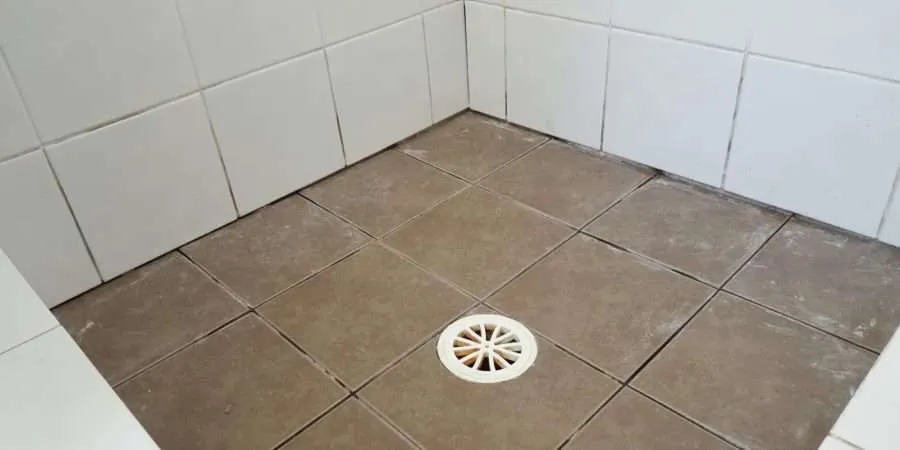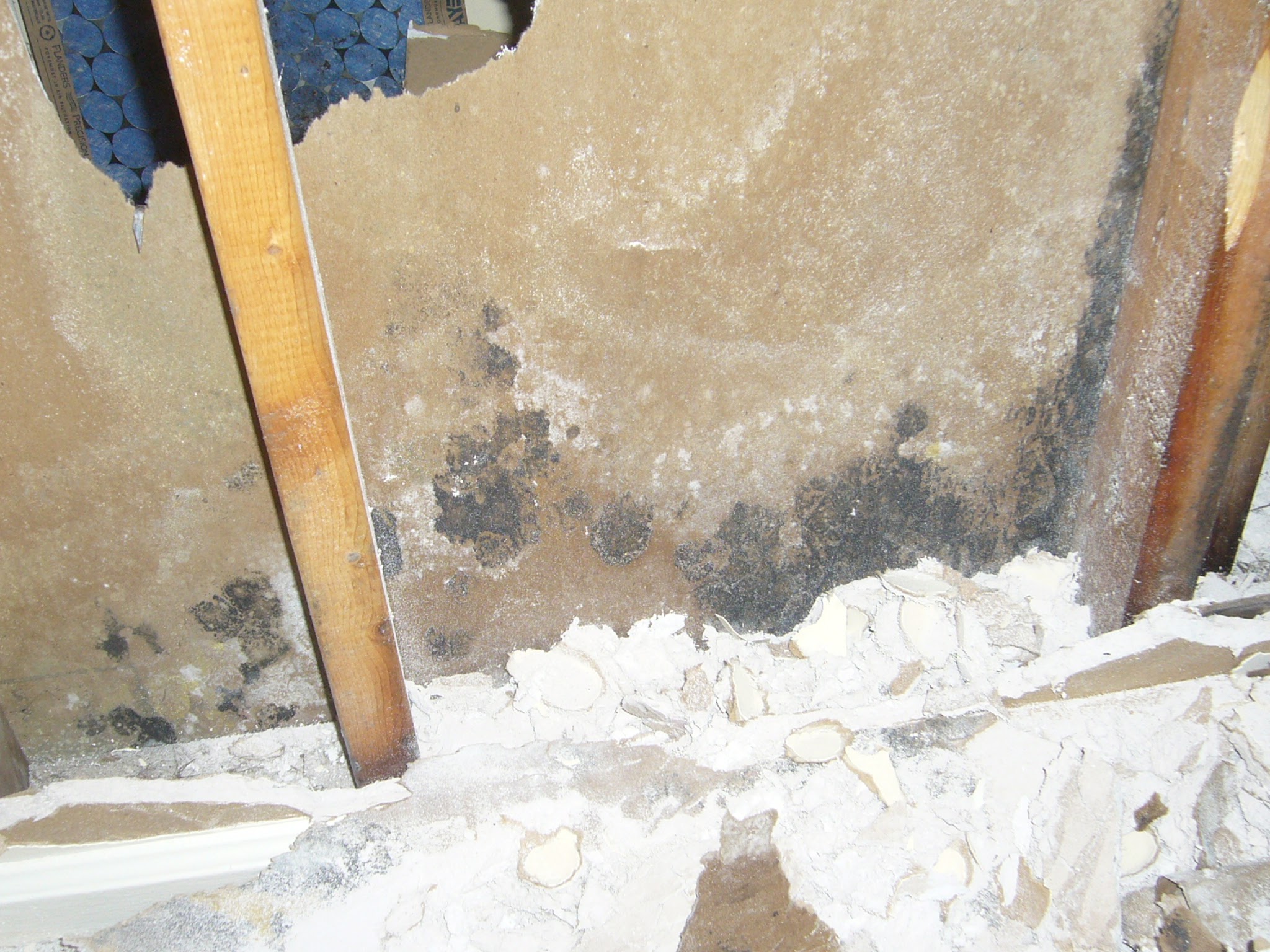Just how do you feel on the subject of How to Repair and Prevent Bathroom Water Damage?

The shower room is extremely susceptible for wet build-up and also potential water damages due to the regular use water in it. This short article supplies easy examination techniques to assist identifying water damage dangers.
The frequent use of water in the washroom makes it exceptionally vulnerable for damp buildup and potential water damage. By evaluating it routinely, you can lower water related problems.
The following collection of inspections is easy to do and must be done as soon as in every three months in order to maintain your bathroom in good shape and also to prevent prospective water problems caused by the tub, the shower, pipeline joints and plumbing, sinks, cupboards, and also the toilet
Do not disregard executing these evaluations as well as be detailed while performing them. Bear in mind that these straightforward inspections can save you a great deal of cash by offering very early indicators for water damages
Sinks and Cabinets
Sinks and cupboards are subjected to wetness and also moisture day-to-day and are frequently neglected. Examine on a regular basis under the sink and also on the kitchen counter over it. Fix any kind of drip in the catch as it might recommend drainpipe troubles. Look around the sink, slow draining pipes may suggest an obstructed drainpipe. Change sink seals if they are fractured or loose.
Bathtub and Shower
The shower and bathtub require special interest as well as upkeep. Examine the floor tiles and also change if fractured. Make sure that there is no missing out on grout between the tiles. Check and also change fractured caulking at joints where the wall surfaces fulfill the flooring or the bath tub. Clogged drains pipes and pipelines troubles will certainly protect against the tub from drying out as well as might suggest severe issues below the bathtub. Consult with a specialist quickly to stop architectural damage. Pay attention to discolorations or soft locations around the bath tub walls as they may indicate an inner leakage.
Plumbing
Signs for water damage are hard to detect given that a lot of pipes are installed inside the wall surfaces.
Pay unique attention to flooring and also walls moisture and also discolorations as they may indicate an unseen plumbing issue. Check dampness degrees in adjoining areas also.
The Toilet
The bathroom is a susceptible water junction. Examine the water lines as well as search for leaks around the commode seat, in the pipe, as well as under the water tank. If you detect any kind of indications of moisture on the flooring around the toilet, look for leakages in the toilet rim and container seals.
Know that hanging toilet dish antiperspirants enhances the chances for obstructions.
Water Damage Signs In The Bathroom To Avoid Cleanup
Musty smell
This is one of the easiest signs to catch because musty smells are so odorous. The damp, earthy, moldy smell should be a big red flag. The smell will develop when moisture gets trapped in surfaces, and begins to facilitate mold growth. Leaking pipes under cabinets, inside walls, and behind shower fixtures will cause moisture to stay trapped and not dry, which will lead to mold growth and spread. As soon as you notice any musty smells in your bathroom, have it checked for hidden water damage and cleanup signs.
Visible mold
If the smell isn’t there to give it away, sometimes you will actually see mold growth. Finding mold in your bathroom is a serious problem, because mold is very harmful to your health. By the time mold growth is visible, it also means that water damage has already occurred and been present for some time. The only way the mold problem can be resolved is to find the source of the moisture and get it stopped. To safely and adequately remove mold, you need to have professionals handle the remediation. Do not waste any time in getting mold problems addressed, fixed, and sanitized so that you can protect you and your family from the many respiratory symptoms caused by mold exposure.
Damaged floors
Bathroom floors should be able to withstand some exposure to water while still remaining in good condition. However, when excess exposure or water leaks occur, they will begin to damage even the most water-resistant flooring. If you notice any cracking, bubbling, staining, or warping on your bathroom floors, there is probably a water leak somewhere causing the distortion. If you notice areas of the floor have become softer, or even have a spongy feeling, there is probably damage to the subfloor. Subflooring is typically made up of plywood. When plywood is exposed to water or moisture, it will absorb it. Once it has become saturated, the weight of the excess water will cause the wood to swell and soften. Check the floors in your bathroom frequently to catch any of these sings before they lead to damaged subflooring.
Changes on walls
When water leaks behind walls, it will cause changes in the drywall. Peeling plaster, blistering paint, and soggy wallpaper are all good indicators that excess water is building up behind the wall. Water leaking behind drywall will cause it to swell and be soft to the tough. If you start to notice gaps along the trim of your walls, or where tile meets the wall, it could also be a strong indicator that there is a leak behind the wall. Any changes, distortion, or damage on the walls should be evaluated as soon as you notice it to prevent further water damage and cleanup.

We are very involved in Preventing Water Damage in the Bathroom and I am assuming you liked my blog posting. Enjoyed our piece? Please share it. Let other people discover it. Many thanks for going through it.
Book An Estimate Now